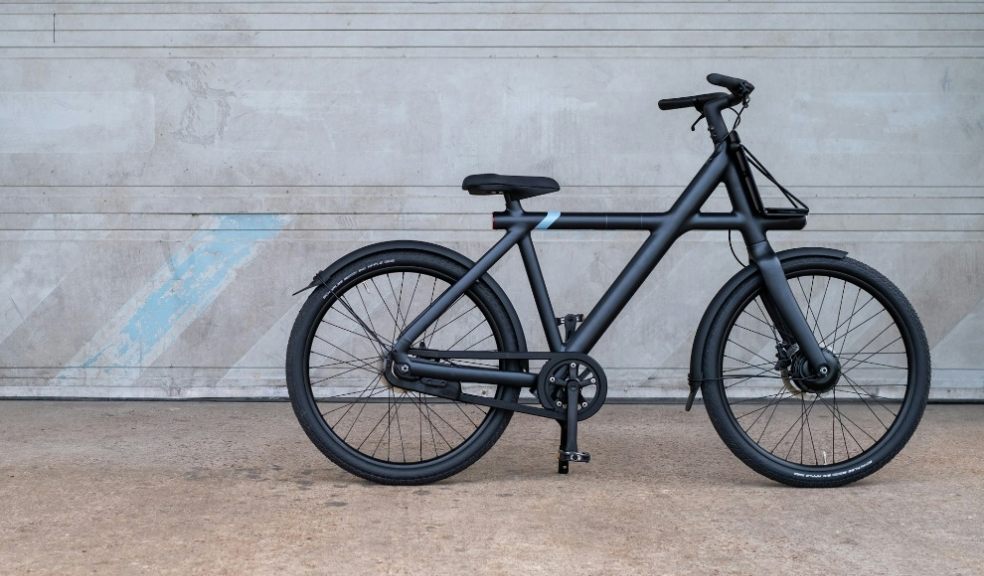
Do It Yourself Electric Bikes
The Concept of DIY Electric Bikes
The growing popularity of electric bikes has encouraged many enthusiasts to consider building their own rather than purchasing a ready-made option. A do-it-yourself electric bike is essentially a standard bicycle that has been upgraded with electrical components such as a motor, battery, and controller. The concept allows riders to personalize their cycling experience, balancing affordability, creativity, and functionality. By constructing their own bike, individuals not only save costs but also gain hands-on knowledge about the mechanics, click here for more detail.
Essential Components Needed for Conversion
To build an electric bike, one must first gather the necessary components. The most important part is the motor, which powers the bike and determines its speed and climbing capability. The battery supplies the energy needed to keep the bike moving and must be chosen based on capacity, range, and compatibility. A controller acts as the central brain, regulating power flow between the battery and the motor. Other key parts include the throttle, display system, and wiring harness. Depending on the type of conversion, riders may also need to replace the wheels or add specific mounting hardware to fit the components securely.
Step-by-Step Approach to Building
Transforming a regular bicycle into an electric bike is a structured process that requires patience and attention to detail. The journey begins with selecting the right base bicycle. Strong frames, reliable brakes, and durable tires are highly recommended. Once chosen, the motor is installed, usually either in the hub of the wheel or as a mid-drive mounted near the pedals. After fitting the motor, the battery is mounted in a position that maintains balance, often along the down tube or rear rack. The controller and throttle are then connected, with wires neatly routed for safety and appearance. The final step is testing, ensuring that all systems communicate effectively and that the ride is smooth, safe, and responsive.
Advantages of Building Your Own Electric Bike
One of the biggest advantages of constructing your own electric bike is cost-effectiveness. Pre-built electric bikes can be expensive, often costing far more than the parts required for a DIY version. Customization is another strong benefit, as riders can select components that fit their unique riding needs, whether for commuting, leisure, or long-distance travel. Building also provides an educational experience, allowing individuals to gain valuable mechanical and electrical skills. There is also a sense of pride in creating something functional and efficient with your own hands. Finally, the ability to upgrade components over time ensures that the bike can evolve with changing needs.
Common Challenges Faced During the Process
While the idea of building a DIY electric bike is appealing, the process comes with challenges. Selecting compatible parts can be confusing, especially for beginners unfamiliar with voltage ratings or motor specifications. The installation process requires mechanical skill, and mistakes in wiring or assembly may lead to performance issues or safety risks. Weight distribution can also be tricky, as placing a heavy battery incorrectly may make the bike unstable. Maintenance is another factor, as DIY builds may not have the same warranty support as commercial models. These obstacles, however, can be overcome with research, patience, and the willingness to learn from trial and error.
The Role of Tools and Safety Measures
Building an electric bike requires not just components but also the right tools. Wrenches, screwdrivers, and electrical testers are necessities. More advanced setups may require torque wrenches or crimping tools for secure wiring. Safety should always be the top priority, both during assembly and while riding. Proper insulation of wires, secure mounting of the battery, and reliable braking systems are crucial. Wearing protective gear, such as gloves and goggles, during construction, minimizes risks. Once the bike is built, riders should use helmets, reflective clothing, and adequate lighting to ensure safety on the road. Responsible building and cautious riding make the experience both rewarding and secure.
Cost Considerations and Budgeting
The overall cost of a DIY electric bike varies depending on the chosen components and level of customization. A budget-friendly setup may cost just a few hundred dollars, while high-performance builds with powerful motors and long-range batteries can climb much higher. When comparing the cost to pre-built electric bikes, savings are usually significant. However, budgeting should also account for tools, replacement parts, and possible upgrades. Brands like Isinwheel provide quality components that help maintain reliability while keeping the project affordable. Planning the budget carefully ensures that the bike meets performance expectations without unexpected financial strain.
The Future of DIY Electric Biking
The do-it-yourself electric bike movement reflects a broader trend toward personalized and sustainable transportation. As technology continues to evolve, batteries are becoming lighter, motors are more efficient, and digital integration is making electric bikes smarter. Enthusiasts who take the DIY route today are part of a growing community that values creativity, independence, and eco-friendly mobility. With the increasing availability of tutorials, forums, and brands like isinwheel’ building your electric bike has never been easier. This trend is expected to continue expanding, inspiring more individuals to take control of their transportation choices.
Conclusion
Building a do-it-yourself electric bike is both a practical and empowering experience. It combines technical knowledge, creativity, and cost savings while delivering a highly personalized mode of transportation. Although challenges exist, the rewards of completing the project and riding a bike you built yourself are substantial. With careful planning, reliable components, and proper safety measures, anyone can enjoy the freedom and efficiency of electric biking on their own terms. The rise of DIY electric bikes highlights a future where riders are more involved in shaping the way they travel, combining sustainability with innovation in meaningful ways.

















